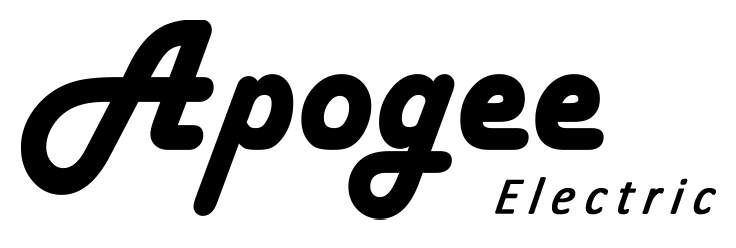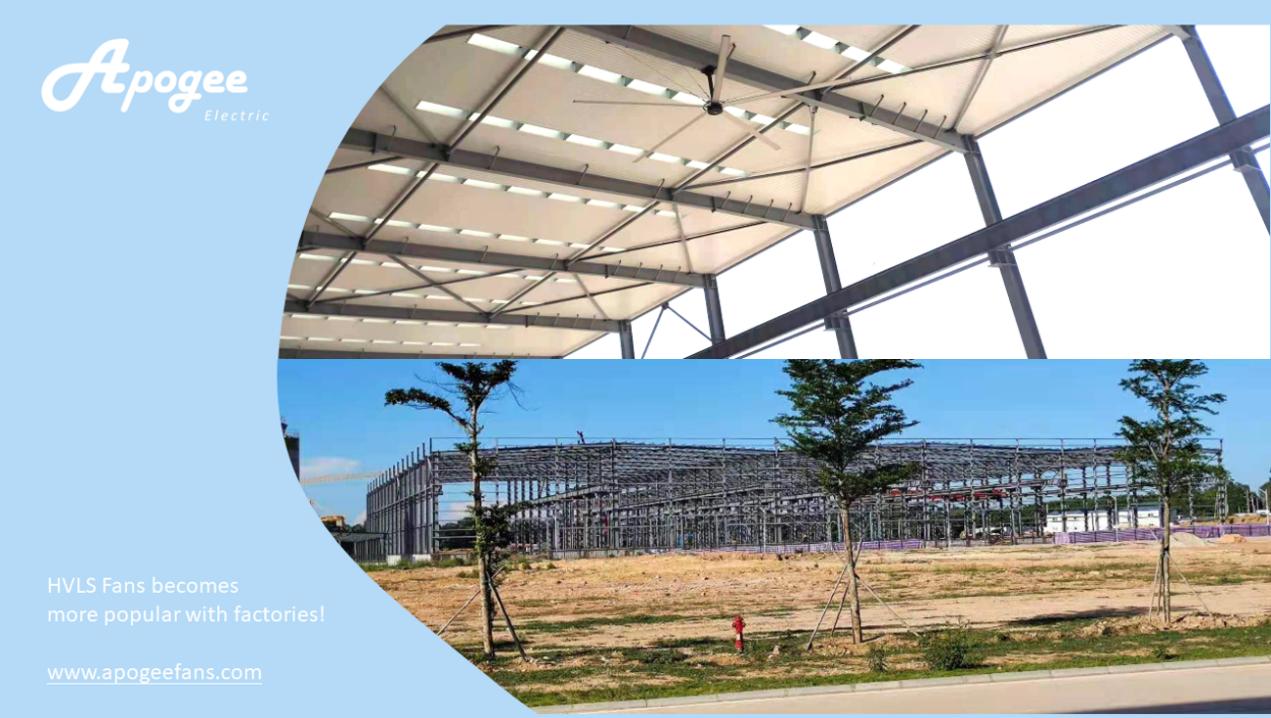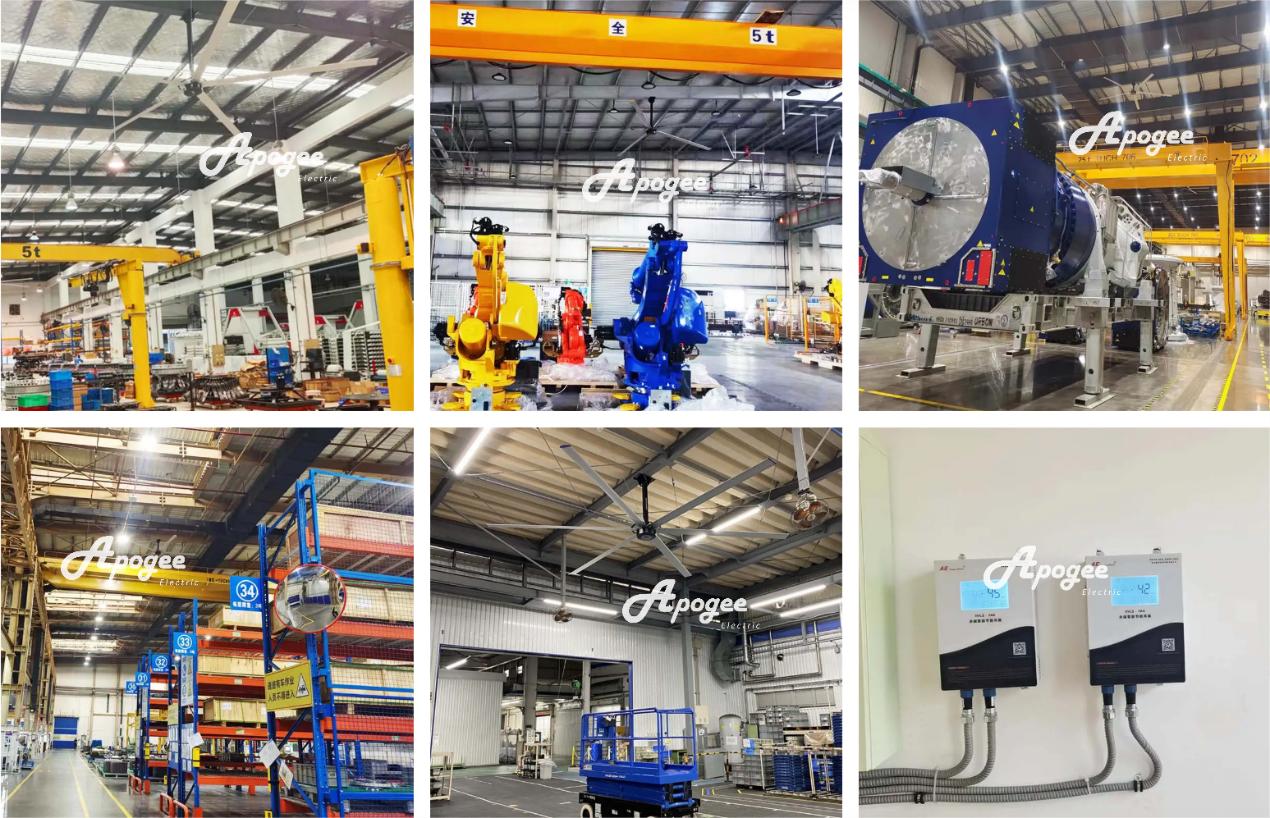HVLS Fans are widely used in China, USA, Southeast Asia, many other countries’ markets are gradually increasing also. When customer meet this giant fan for the 1st time, they’ll What’s the cost and what effect it can bring with?
HVLS Fan Pricing in Different Markets
The price of HVLS (High Volume, Low Speed) fans varies significantly across global markets, primarily influenced by the following factors:
Core Influencing Factors
1.Fan Specifications:
- Blade Diameter: This is the primary factor (e.g., 3m, 3.6m, 4.8m, 5.5m, 6.1m, 7.3m), larger diameters cover more area and command higher prices.
- Motor Power: Higher power delivers stronger airflow and increases cost.
- Materials & Workmanship: Blades made from aerospace-grade aluminum alloy are typically more expensive than standard metal or fiberglass. Overall structural strength and surface finish also impact price.
- Technical Features: *Presence of variable frequency control (infinite speed adjustment vs. stepped speeds).
*Complexity of the control system (basic on/off vs. smart APP/remote/group control).
*Integration of smart sensors (temperature/humidity sensing, automatic speed adjustment).
*Safety protection ratings (IP rating), explosion-proof ratings (for specific environments).
2. Market Characteristics:
- Market Demand & Competition: Prices are usually more transparent and competitive in markets with high competition (e.g., China). Prices may be higher in emerging markets or those dominated by a single brand.
- Import Duties & Taxes: Varying tariffs, value-added taxes (VAT/GST), and import duties across different countries/regions directly impact the landed cost.
- Logistics & Transportation Costs: Distance from manufacturing location to target market, mode of transport (sea/air freight), fuel surcharges, etc.
- Local Installation & After-Sales Service Costs: Regions with high labor costs (e.g., US, Europe, Australia) see significantly higher installation and maintenance fees, increasing the total cost of ownership.
- Certification Requirements: Entry into certain markets (e.g., EU CE, North America UL/cUL, Australia SAA) requires additional certification costs, which are factored into the price.
- Currency Fluctuations: Changes in exchange rates can immediately affect the final selling price.
3. Sales Channels:
- Direct sales from the manufacturer vs. sales through distributors/agents (the latter usually involves markup).
- Online sales vs. offline project/engineering channels.
Estimated Price Ranges in Key Global Markets (Based on a common 7.3m diameter fan, basic configuration)
- China Market (Highly competitive, dominated by local brands):
* Price Range: ¥15,000 – ¥40,000 RMB (Approx. $2,100 – $5,600 USD)
* Characteristics: there are various standards and quality, most of the HVLS Fans companies made assembly, don’t have core technology, we usually suggest customer to visit factory or on-line meeting.
- North American Market (Brand concentrated, dominated by some old brands Bigass, MaroAir…):
* Price Range: $10,000 – $25,000+ USD
* Characteristics: MacroAir (industrial line of former Big Ass Fans) and Haiku (residential/commercial line) are leading brands with premium pricing. Other brands like Air revolution/Dynamics, Rite-Hite also have presence. Prices include a high level of local service (design, installation, after-sales). Tariffs, logistics, and local installation labor costs drive up the final price. Smart features and high-end configurations are common.
- European Market:
*Price Range: €8,000 – €20,000+ EUR (Approx. $8,700 – $21,700+ USD)
*Characteristics:Similar to North America, with brand premiums and high local operating costs. Mix of local brands and international brands. Strict CE certification requirements add to the base cost. Prices in Northern and Western Europe are typically higher than in Southern and Eastern Europe. Energy efficiency standards are a greater focus.
- Australia/New Zealand Market:
* Price Range: AUD 15,000 – AUD 35,000+ / NZD 16,000 – NZD 38,000+ (Approx. $10,000 – $23,300+ USD / $9,800 – $23,300+ USD)
* Characteristics: Relatively smaller market size, long logistics distances, and local certification (SAA) requirements lead to higher prices. Heavy reliance on imports (from China, US, EU), with few local brands. Installation labor costs are high.
- Southeast Asian Market (Emerging and diverse):
* Price Range: $6,000 – $18,000+ USD (or equivalent local currency)
* Characteristics: Extreme price variation. In more developed countries like Singapore and Malaysia, international brand prices approach US/European levels. In developing markets like Vietnam, Thailand, Indonesia, Chinese brands dominate the mainstream due to price and service advantages, with prices closer to Chinese domestic levels plus import duties and logistics. Locally assembled or manufactured brands may offer more competitive pricing.
- Middle Eastern Market:
* Price Range: $8,000 – $20,000+ USD
* Characteristics: High requirements for adaptation to hot environments (heat-resistant motors, dust/sand protection). International brands lead in high-end projects (airports, malls). Chinese brands are competitive in the mid-market. Tariffs and logistics costs are significant factors.
- South American Market:
*Price Range: $7,000 – $18,000 + USD (or equivalent local currency)
* Characteristics: Diverse economies and import policies (e.g., high tariffs in Brazil). Limited local manufacturing capacity, relying mainly on imports (China, US). Prices are significantly affected by currency fluctuations. Chinese brands are a mainstream choice, while international brands serve specific high-end applications.
Important Notes
1. Above prices are rough estimates only: Actual prices are heavily influenced by specific model, configuration, purchase volume, negotiation leverage, project nature (retail vs. large project), and timing.
2. Base Configuration vs. High-End Configuration: The lower end of the price range typically corresponds to basic models (fixed ratio/stepped speed control, simple controls), while the high end corresponds to fully variable frequency drives, smart controls, premium materials, and advanced safety certifications.
3. Total Cost of Ownership (TCO): When comparing prices, always consider the Total Cost of Ownership, including:
- Equipment purchase price
- Import duties and taxes
- International/domestic logistics and shipping fees
- Installation fees (vary significantly)
- Ongoing maintenance costs
- Energy consumption (variable frequency fans are more energy-efficient)
4. Obtaining Accurate Quotes: The most reliable method is to provide brand manufacturers or their authorized distributors in your target market with specific project requirements (location, space dimensions, application, quantity, desired features, budget, etc.) and request a formal quotation. Clarify if the quote includes taxes, shipping, installation, etc.
Summary
HVLS fan prices vary significantly by market, primarily reflecting brand premiums, local operating costs(taxes/logistics/installation/certification), and the competitive landscape. The Chinese domestic market typically offers the most cost-effective options (especially domestic brands), while developed markets like the US, Europe, and Australia have significantly higher prices due to brands, service levels, and high operating costs. Prices in emerging markets like Southeast Asia, the Middle East, and South America fall between these ranges and are highly dependent on the source of imports and local policies. When comparing and procuring, clearly define specifications and prioritize TCO analysis.
Some people regard the HVLS Fan too expensive at the beginning, but we need to consider its value and investment return.
Huge coverage area and energy efficiency ratio:
- The comparison object of “expensive” is incorrect: comparing the price of an HVLS fan that covers thousands of square meters with that of a small fan that can only cover tens of square meters is inherently unfair. To achieve the same coverage effect, you need to purchase, install, operate and maintain dozens or even hundreds of small fans.
- Extremely low operating costs: The power of HVLS fans is usually around 1 to 3 kilowatts (larger ones may be slightly higher), yet they can drive a large amount of air flow. Compared with the total power consumption of an air conditioning system with the same coverage area or a large number of small fans, the energy consumption of HVLS is negligible, and the electricity bill savings are extremely significant. This is one of the core sources of investment returns.
The direct productivity boost brought about by environmental improvement:
Cooling effect (perceived temperature) : In hot environments, the continuous gentle breeze generated by the HVLS fan can effectively evaporate human sweat, reducing the perceived temperature by 5-8°C or even more. This directly leads to:
- Air circulation and air quality
- Eliminate stuffiness and odors: Promote overall air flow to prevent hot air and exhaust gases from stagnating on the roof or in the work area.
- Low maintenance cost and long service life
- HVLS fans are designed to be sturdy and have a relatively simple structure (especially for the direct drive motor type), with extremely low maintenance requirements (mainly regular cleaning and inspection).
- Its service life is usually 10 to 15 years or even longer. Over the entire life cycle, its average daily cost is very low.
we have professional technical team and CFD software, we can make fan solution according to your requirement. You can contact with us to get the fan solution and quotation.
Post time: Jul-11-2025



